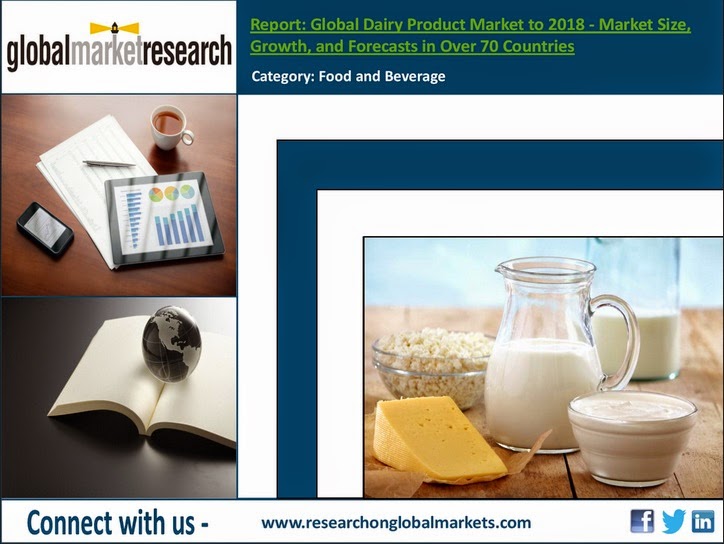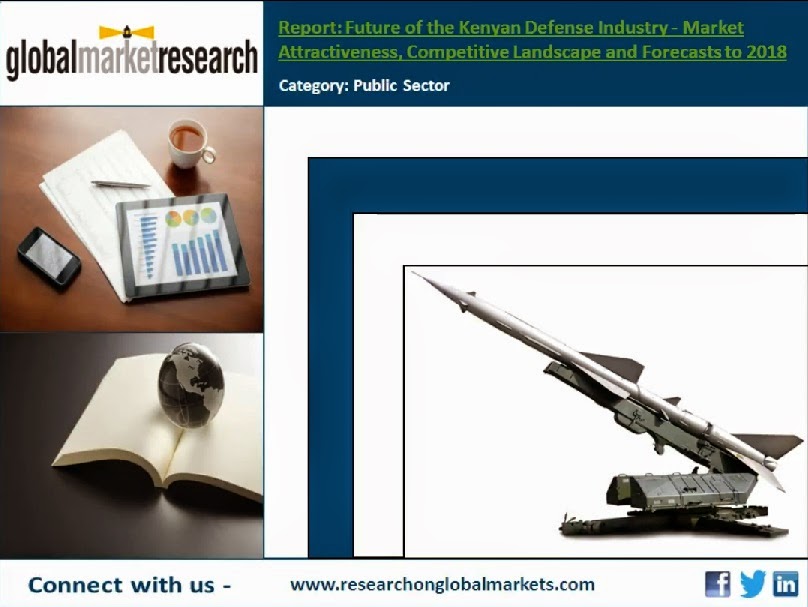Synopsis
* The report provides data and analysis of senior executive procurement and marketing expenditure intentions and developments within the global construction industry
* The report identifies and analyzes the important criteria for supplier selection and the current and future procurement objectives from the point of view of senior executives
* The report identifies the key marketing aims of organizations and recognizes important criteria for marketing agency selection, and the attitudes to marketing and sales of senior executives
* The report identifies the threats and opportunities within the global construction industry as seen by senior executives
* The report analyses economic outlook trends and business confidence within the global construction industry as seen by senior executives
* The report provides a definitive assessment of the emerging markets that marketing executives should concentrate on and the senior executive interpretation of the economic situation in developed markets
Summary
Global Construction Industry: Business Outlook Survey of Senior Executives 2013-2014 is a new report by Timetric that that analyzes how company procurement expenditures, business strategies, media spend, marketing and sales strategies, and business planning are set to change in 2013-2014. This report provides data and analysis on category-level spending outlooks, budgets, supplier selection criteria, business challenges and investment opportunities as seen by senior level executives. Furthermore it provides data on the current size of the marketing and advertising budgets and details on how spending will change, providing insight into global marketing behavior; it also identifies future growth, key consumer trends, M&A, and e-procurement across various industries. This report not only grants access to the opinions and strategies of business decision makers and competitors in the global construction industry, but also examines their actions surrounding business priorities and provides access to information categorized by region and size.
Scope
The report features the opinions of global construction industry respondents related to the following:
* Revenue growth projections
* Market-specific growth opportunities
* Mergers and acquisitions
* Capital expenditure
* Leading business concerns
* Marketing expenditure trends
* Key factors for marketing agency selection
Reasons to Buy
* Project industry trends and revenue growth expectations across industries in 2013 and understand levels of business confidence to make informed business decisions
* Drive revenues by understanding future product investment areas and key growth regions
* Uncover the key challenges and opportunities, and identify the key actions required to maintain and win business
* Formulate effective sales and marketing strategies by identifying how company budgets are changing and the direction of spending in the future.
* Better promote your business by aligning your capabilities and business practices with your customers changing needs
* Secure stronger customer relationships by understanding the behavior and changing strategies of companies
Key Highlights
* China, India and Brazil are the important emerging markets for growth in 2013
* Market uncertainty, cost containments and retention and recruitment of skilled staff are the leading business concerns for 2013
* Overall, for 2013, the average size of the annual procurement budget identified by senior level executives across industries is projected at US$41 million, while the annual marketing budget is identified at US$6 million
* Quality, level of service, and price are considered the most important factors for supplier selection by senior level respondents in 2013
* Market intelligence research, CRM systems and ERP solutions were identified as the marketing and sales solutions most expected to be invested in during 2013
To order this report:
Email: customerservice@researchonglobalmarkets.com
US: +1 800 986 6819
UK: +44 203 514 2363
India: +91 22 4098 7600
SOURCE: Researchonglobalmarkets.com
Blog: blog.researchonglobalmarkets.com
RELATED LINK:
Global Construction Industry: Business Outlook Survey of Senior Executives 2013-2014
RELATED VIDEO:






